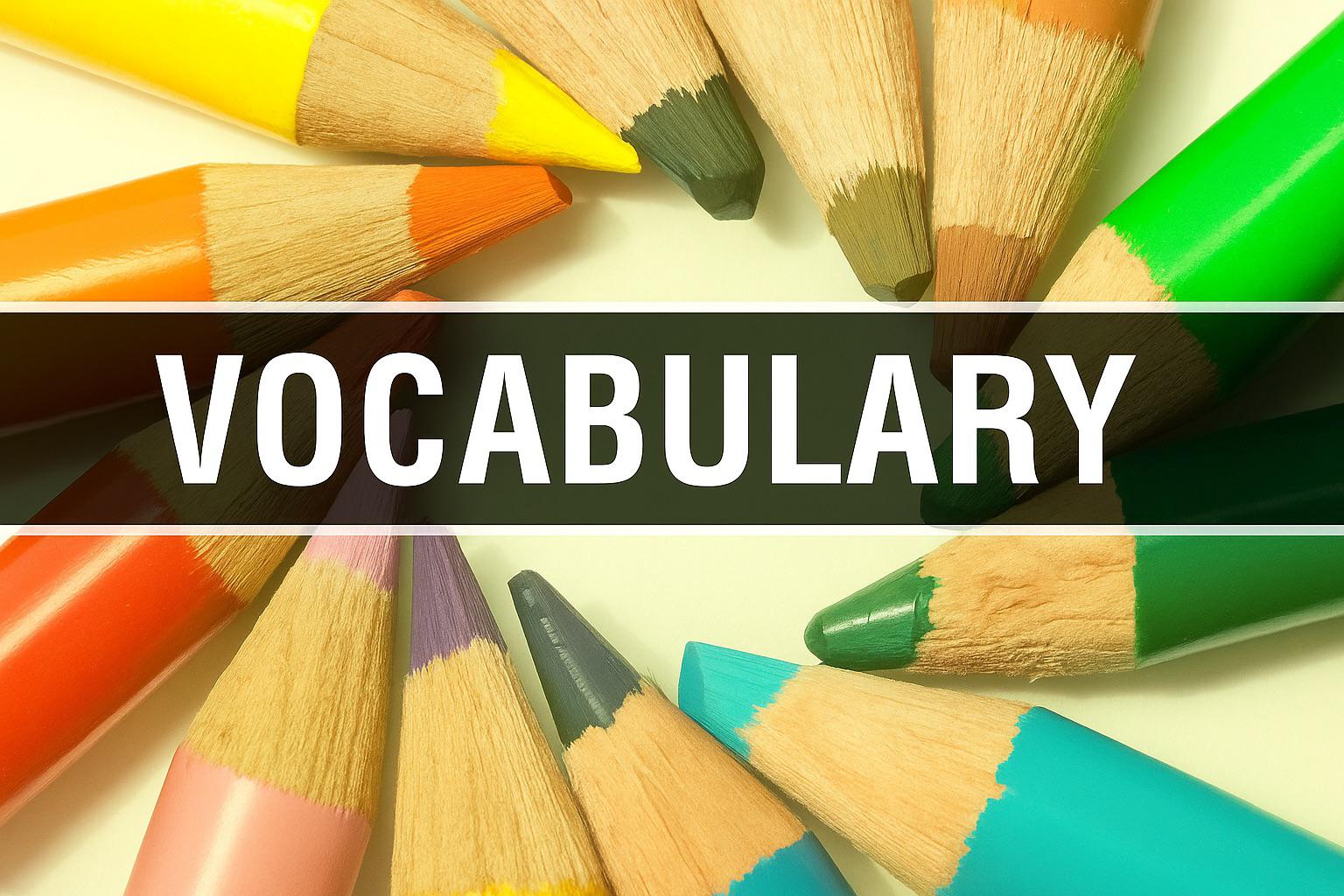If your child is a fluent reader—but still struggles to understand what they’re reading—vocabulary may be the invisible wall in their way.
As a reading teacher and tutor, I’ve seen this again and again: older students who sound like great readers but don’t grasp the meaning of the text.
They have phonics skills. Their decoding is solid. But comprehension breaks down because the words don’t make sense to them.
Sometimes the vocabulary is technical—like science or social studies terms they’ve never seen before. Other times, it’s simply a lack of exposure to rich, varied language over time.
And that makes everything harder—for your child, for you, and for their teachers.
Why Vocabulary Matters
Vocabulary is the bridge between decoding and comprehension.
Even if your child can read every word out loud perfectly, they can’t understand the text if they don’t know what the words mean.
The good news? Vocabulary can grow—intentionally, playfully, and with just a little daily connection.
Let’s Rethink “What Does This Word Mean?”
If you’ve ever asked your child, “What does this word mean?”—and watched them freeze or shut down—you’re not alone.
Many kids have spent years in classrooms feeling embarrassed for not knowing the answer. They’re used to a system where only the fastest hand-raisers feel confident, while everyone else learns to stay quiet.
So when I work with a student and we hit a tricky word—maybe they’ve mispronounced it or stumbled through—I don’t quiz them.
Instead, I gently ask:
“Do you know what that word means?”
Usually, the answer is “no.” That’s okay. I follow up with:
“Let’s look it up together.”
Then we walk through it side by side.
We explore:
- What part of speech is it?
- Can we say it in our own words?
- Where else might we hear that word?
I model how a curious reader thinks. I explain. I guide. And slowly, they start to feel like it’s safe to not know.Because teaching doesn’t have to be a pop quiz.
Sometimes, it’s just telling a child something new—and asking them to explain it back after they’ve had a chance to absorb it.
That’s real teaching. That’s real connection. And it’s what many kids have been missing.
5 Simple Ways to Build Your Child’s Vocabulary
1. Talk About Words While You Read Together
Pick one or two unfamiliar or interesting words and pause to explore them:
- What does this word mean?
- What’s another word like it?
- Can we use it in our own sentence?
This turns reading time into thinking time—and helps build deeper understanding.
2. Keep a “Words We Love” Journal
Make vocabulary feel like a discovery.
Each day, let your child write down a new word they like, add a picture or sentence, and decorate the page. Whether it’s a notebook or a sticky note wall, the more personal it is, the more it will stick.
3. Play Word Games in Daily Life
Vocabulary doesn’t need to be formal. Try:
- “Word of the Day” at breakfast
- Synonym swap in the car
- Grocery store scavenger hunts (“Find something described as crunchy!”)
Keep it playful and connected to your world.
4. Use Visuals for Tricky Concepts
Words like justice, reluctant, or generous can be abstract.
Pair these with real-life situations, pictures, or quick role-plays. For example, “reluctant” might look like your child avoiding the dentist chair—now that’s a vocabulary word they won’t forget!
5. Model Curiosity, Not Perfection
When you come across a new word, say it out loud.
Let your child hear you wonder, guess, look it up, and think it through. Show them that vocabulary isn’t about having the right answer—it’s about learning something new.
Final Thoughts
Vocabulary is one of the biggest silent struggles I see in older readers. But it’s also one of the most joyful things to build—together.
With just a few minutes a day, a little curiosity, and some connection, you can help your child move from confusion to clarity.
And best of all? You don’t need worksheets, flashcards, or pressure to do it.
Want More Ideas Like This?
Join my email list for weekly tips
Or check out my summer program, where we build confidence and comprehension step-by-step—with just the right support for your child.

